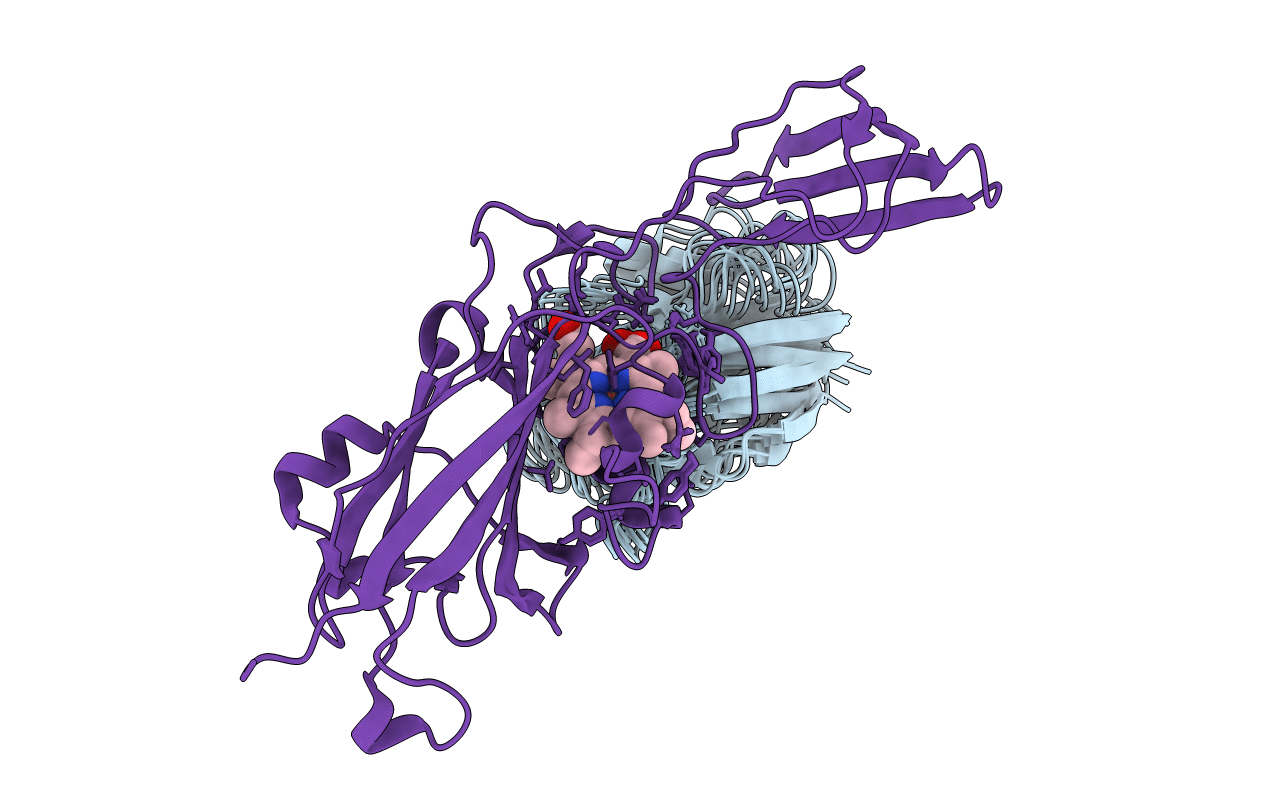
Deposition Date
2004-06-09
Release Date
2005-05-24
Last Version Date
2024-11-13
Entry Detail
PDB ID:
1TKW
Keywords:
Title:
The transient complex of poplar plastocyanin with turnip cytochrome f determined with paramagnetic NMR
Biological Source:
Source Organism:
Populus nigra (Taxon ID: 3691)
Brassica rapa subsp. rapa (Taxon ID: 51350)
Brassica rapa subsp. rapa (Taxon ID: 51350)
Host Organism:
Method Details:
Experimental Method:
Conformers Calculated:
104
Conformers Submitted:
10
Selection Criteria:
structures with the least restraint violations


